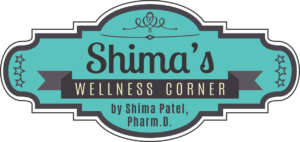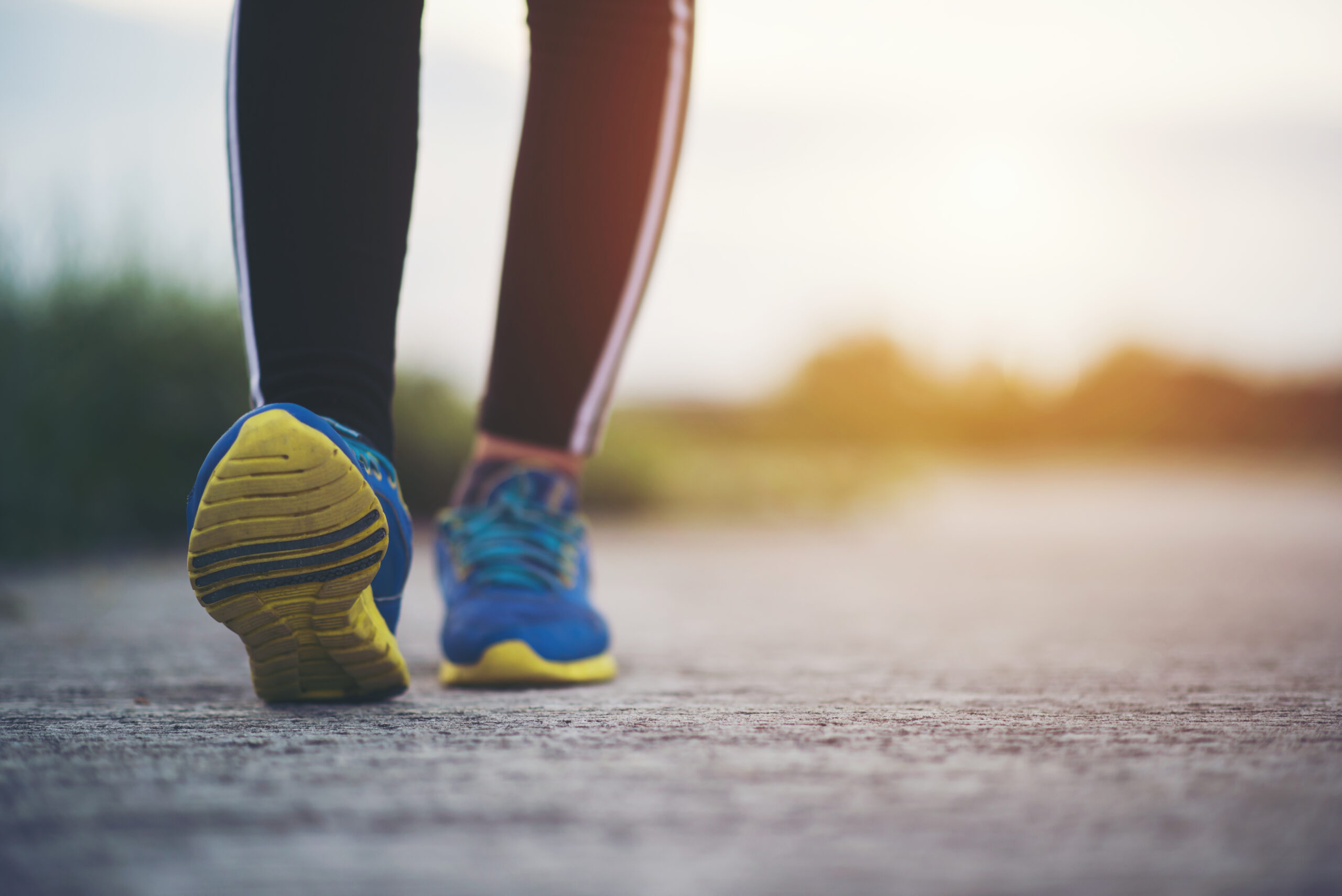Springtime is a time of thawing, new growth, getting outdoors…and for people dealing with seasonal allergies, it’s a time of sneezing, sniffling, headaches, and more. Seasonal allergies can stretch from late winter to early summer for many, and some suffer the symptoms year-round.
To best manage your allergy symptoms, you need to know what causes them, what to watch for, and steps you can take to prevent onset in the first place — or at least cut down on the severity of your symptoms.
What is an allergy?
An allergy is basically your body reacting — or more accurately, overreacting — to something in the environment; instead of treating the food or pollen as something harmless, your immune system thinks it’s dangerous and reacts by trying to get rid of that substance using antibodies. The next time your body is exposed, the antibodies react again (and again and again), releasing chemicals to fight off the invader. Those chemicals, such as histamine, cause the allergic symptoms that plague millions of Americans. ¹
Compared to a food or drug allergy, seasonal allergies are often tied to the outdoors. When the world starts turning green again, trees and grass begin producing pollen, one of the most common allergens. ² When it’s warm and humid, mold grows more quickly and dust mites thrive. ³ All of these are common causes of seasonal allergies, and they all tend to hang around longer than just one season.
Seasonal allergies are often hereditary or related to exposure. Your risk of an allergy is higher if your family has a history of allergies, but you can also develop allergies by being around that substance more — for instance, farmers, bakers, and carpenters are more likely to develop a mold allergy since they are more often exposed to mold compared to some other occupations. ⁴
What are the symptoms of seasonal allergies?
Seasonal allergies are not often tied to the extreme allergic reactions that some food and insect allergies can produce, like anaphylaxis. But that doesn’t mean that they can’t make you miserable, or that they should be treated lightly.
Some of the common symptoms of seasonal allergies include: ⁵
- Congestion
- Sneezing
- Itchy eyes, nose and throat
- Runny nose and eyes
- Post nasal drip (drainage in the throat)
- Fatigue
- Coughing
Many of the symptoms of an allergy overlap with a cold or even COVID-19. Talk to a doctor and get tested to know whether you’re sick or you’re allergic to something; if you regularly deal with these symptoms, it’s likely you have an allergy, but that doesn’t mean those same symptoms couldn’t be an illness — so if you don’t feel well, take precautions to not spread any bacteria or virus.
What can I do to prevent allergies?
Allergens are pretty much everywhere — and the wind can carry them almost anywhere they aren’t already. Moving away won’t help, so what can you do to avoid symptoms?
Start by paying attention to the weather conditions. Local news and weather often track pollen counts, and the daily forecast can be an indicator all on its own during pollen season. Dry and windy days mean that more pollen can be stirred up into the air; the day after a good rain can mean that pollen levels will drop for a little while. Pollen counts from many plants tend to be higher in the morning, so planning outdoor activities for the afternoons can help cut back on exposure.
You can’t always avoid going outside, and it’s not easy to plan everything for the afternoon. Other steps you can take to lower your exposure to triggers include: ⁶
- Close your windows. Most allergens are outside the house, so less get in if the house is sealed up when the allergens are present. Don’t stop with just your house windows — it applies at other places and in your car, too.
- Wash up. We tell you to wash your hands to stop the spread of a virus, but you should wash your whole body to prevent the spread of an allergen. Pollen can cling to your skin and hair, transferring to your furniture, pillow, carpet, and even toys. Shower and wash your hair before going to bed to cut down on the pollen that stays in your house.
- Protect your head. Sunglasses and a hat don’t just make you look like a celebrity; they can also help prevent allergens from irritating your eyes and getting in your hair while outside.
- Take medication. If you wait until you’re having symptoms, you’ve waited too long to start taking something. Most allergy medication works over time to keep your body from making those chemicals that cause the symptoms in the first place.
- Use your washing machine AND your dryer. Regularly wash your bedding and clothes (even outdoor clothes that don’t really seem dirty). When it comes time to dry them, put that dryer to good use — hanging laundry outside to dry gives allergens another chance to come back inside by attaching to all your freshly cleaned fabric.
Even taking all the right steps, it’s still almost impossible to keep allergens out. Some steps to take inside your home include: ⁷
- Maintain your forced air systems. Filters catch a lot of allergens from circulating, but they stop working as well after a little while. Keeping them clean can make a world of difference in air quality.
- Use a dehumidifier. Dust mites and mold both like high humidity, so keeping the humidity level down can keep them both from thriving in your house. It’s important to still clean though — a dead dust mite can still cause an allergic reaction. ³
- Vacuum often, especially if you have carpet. Carpet has a lot of fibers that allergens can cling to, so cleaning your floors regularly is a must to keep allergens away. Some vacuums have HEPA filters that are designed to target allergens especially.
- Ventilate your bathrooms. Bathing or showering can generate a lot of humidity in a small room, and mold loves humidity. A ventilation fan can help get the humid air out of the room and out of the house. ⁴
- Fix leaks quickly. A dripping pipe can lead to standing water or damp walls, which can lead to mold. Nip it in the bud by fixing and trouble spots as soon as you identify them. ⁴
What medications can help with allergies?
There are over-the-counter medications that can help with allergy symptoms (some medications have a combination of these): ⁷
- Antihistamines: These block your antibodies from making histamine, which is the chemical that often causes sneezing, itching, runny nose, and watery eyes.
- Decongestants: If you’ve got a stuffy nose instead of a runny nose, a decongestant can help temporarily. These shouldn’t be used for more than a few days at a time as the symptoms could return and actually worsen if used for a longer period of time.
- Nasal Sprays: Some nasal sprays, like cromolyn sodium nasal spray, don’t have the side effects that a decongestant can have, but they aren’t as effective if you already have symptoms. Pay attention to the pollen count and start this option early if you want to experience the most benefit.
These medicines do not always make a person feel like they’re 100 percent back to their normal self, but they can often make them manageable in the short term. If none of the above seem to help, talk to your doctor about long-term immunotherapy treatment options, like allergy shots or under-the-tongue tablets. ⁶
If you aren’t sure which medication would most benefit you, or if you have any other questions about an allergy, talk to your healthcare team — including our team here at the pharmacy. We’re here to discuss options, identify concerns, and get you back to feeling like yourself.
Sources:
¹ https://www.mayoclinic.org/diseases-conditions/allergies/symptoms-causes/syc-20351497
² https://acaai.org/allergies/allergic-conditions/seasonal-allergies/
³ https://www.aafa.org/dust-mite-allergy/
⁴ https://asthmaandallergies.org/asthma-allergies/mold-allergy/
⁵ https://www.yalemedicine.org/conditions/seasonal-allergies
⁶ https://www.aafa.org/pollen-allergy/
⁷ https://www.mayoclinic.org/diseases-conditions/hay-fever/in-depth/seasonal-allergies/art-20048343




